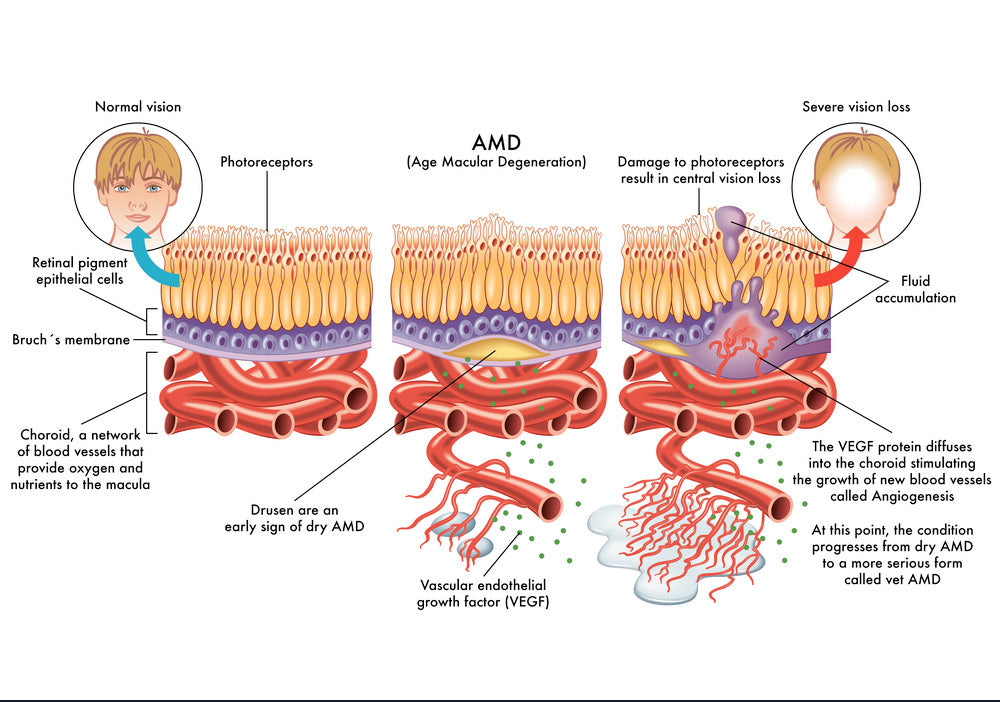-
There’s a specific ingredient called Guaiazulene that may have healing properties for those who suffer from rashes or other inflammatory skin conditions. Keep reading to learn more about what guaiazulene is, its potential benefits on your skin and where you can find it! There’s a specific ingredient called Guaiazulene that may have healing properties for those who suffer from rashes or other inflammatory skin conditions. Keep reading to learn more about what guaiazulene is, its potential benefits on your skin and where you can find it!
-
If you live in a place with changes in weather, chances are you've experienced dry eye. Whether it's the windy winter or the sunny summer, dry eye can be a real pain (literally). But what causes this condition?
If you live in a place with changes in weather, chances are you've experienced dry eye. Whether it's the windy winter or the sunny summer, dry eye can be a real pain (literally). But what causes this condition?
-
Age-related macular degeneration (AMD) is an eye disease that is the leading cause of permanent vision loss for people above the age of 60.
AMD occurs when the central portion of the retina, called the macula, wears down.
Age-related macular degeneration (AMD) is an eye disease that is the leading cause of permanent vision loss for people above the age of 60.
AMD occurs when the central portion of the retina, called the macula, wears down.
 This website is exclusively for European residents. Click here to visit US SITE
This website is exclusively for European residents. Click here to visit US SITE
 This website is exclusively for European residents. Click here to visit US SITE
This website is exclusively for European residents. Click here to visit US SITE




